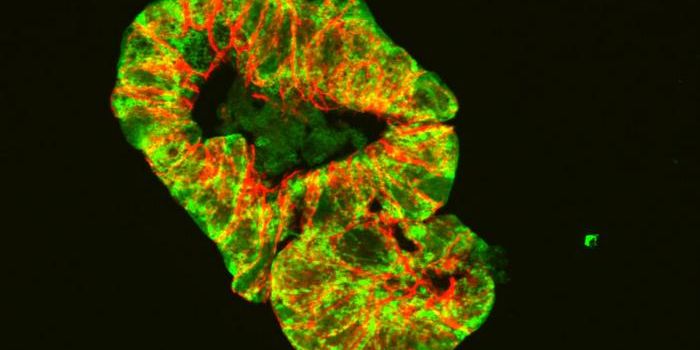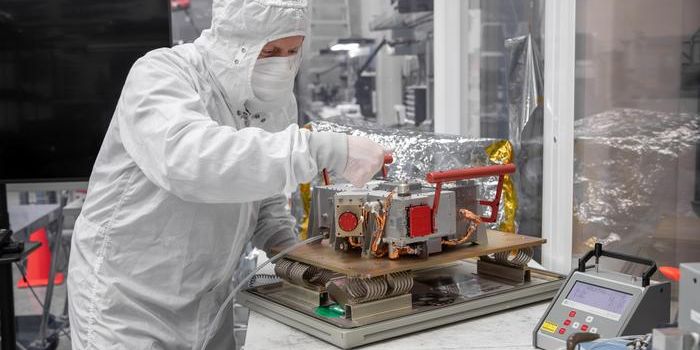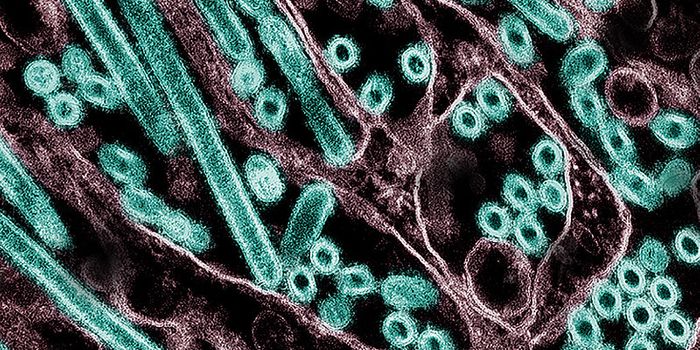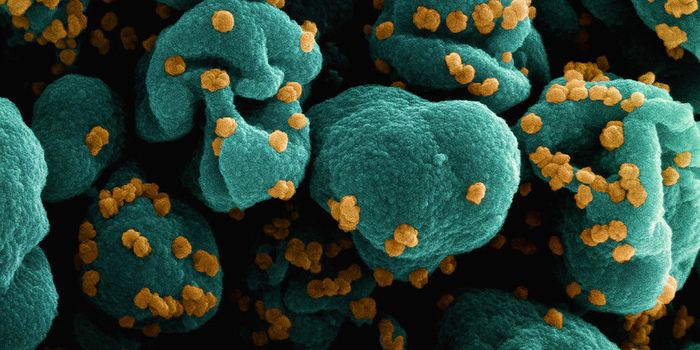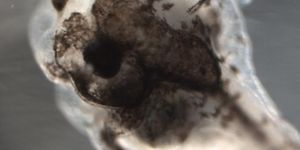Towards an Understanding of Dinoflagellate Evolution
After four years, research collaboration has revealed details about the evolution of dinoflagellates, along with new details on the physiology of these organisms commonly known as plankton. Genetic sequencing techniques were used to study this organism, which has been around since the time of the dinosaurs and has undergone millions of years of evolution. The findings have been reported in the Proceedings of the National Academy of Sciences.
Dinoflagellates, seen in various forms in the video above, are all over our environment. They have produced fossil fuels and produce oxygen by using sunlight. They create the effects of dangerous red tides and gorgeous bioluminescent bays. These incredible organisms have complex genomes – one dinoflagellate has from 12 to 400 chromosomes compared to the 23 pairs in humans.
"Mapping the evolution of dinoflagellates has never been done--successfully and on such a scale--before," said Tsvetan Bachvaroff, a molecular geneticist at the University of Maryland Center for Environmental Science. He grows two kinds of parasitic dinoflagellates at the Institute of Marine and Environmental Technology in Baltimore, and donated samples of those organisms for use in this research. "Now we understand how they are related, what they look like," he said. "It's their genomic flexibility that has given them the advantage to evolve."
"This work provides important new insights into the evolution of dinoflagellates and we are delighted that Dr. Bachvaroff was able to contribute significantly to this study," said Russell Hill, the Director of the Institute of Marine and Environmental Technology.
Critical chemical compounds required by the cells of plants and algae are made in plastids, small organelles. The researchers determined that dinoflagellates that are not reliant on sunlight, or photosynthesis, for their energy needs have plastids that perform critical metabolic functions; one such function could be the evolutionary origin of dinoflagellate luminescence.
"The prediction that a big chunk of dinoflagellate diversity including all free-living heterotrophs have retained remnant plastids illustrates how little known they are and could help us better understand their roles in the oceans and other areas," explained the lead author of the study, Jan Janouskovec of the University College of London.
This research could enrich our knowledge of the bioluminescence phenomenon, it may help control harmful red tides, and it may be used as a tool in resource exploration since fossilized dinoflagellates could help pinpoint oil-rich locations.
"They violate the fundamental rules of Darwinian evolution. They tend to borrow genes from different places," Bachvaroff said. "The ocean is like this giant parts catalog where from which you can grab genes and use them. Organisms that can acquire genes from their environment have a selective advantage."
Watch the following video if you’d like to learn more about dinoflagellates.
Sources: AAAS/Eurekalert! via University of Maryland Center for Environmental Science, PNAS


